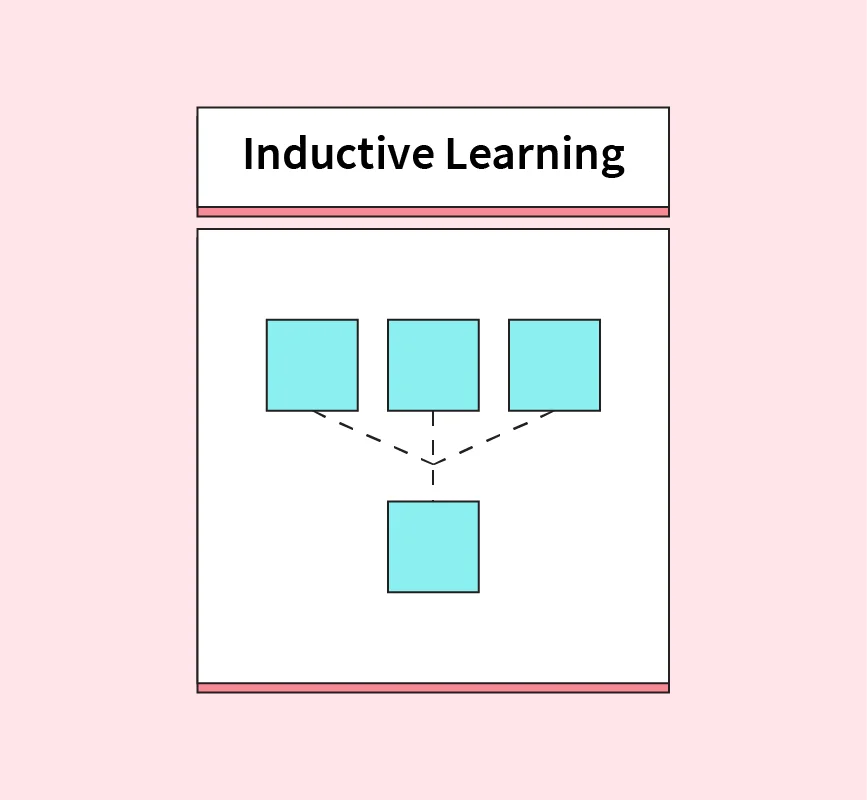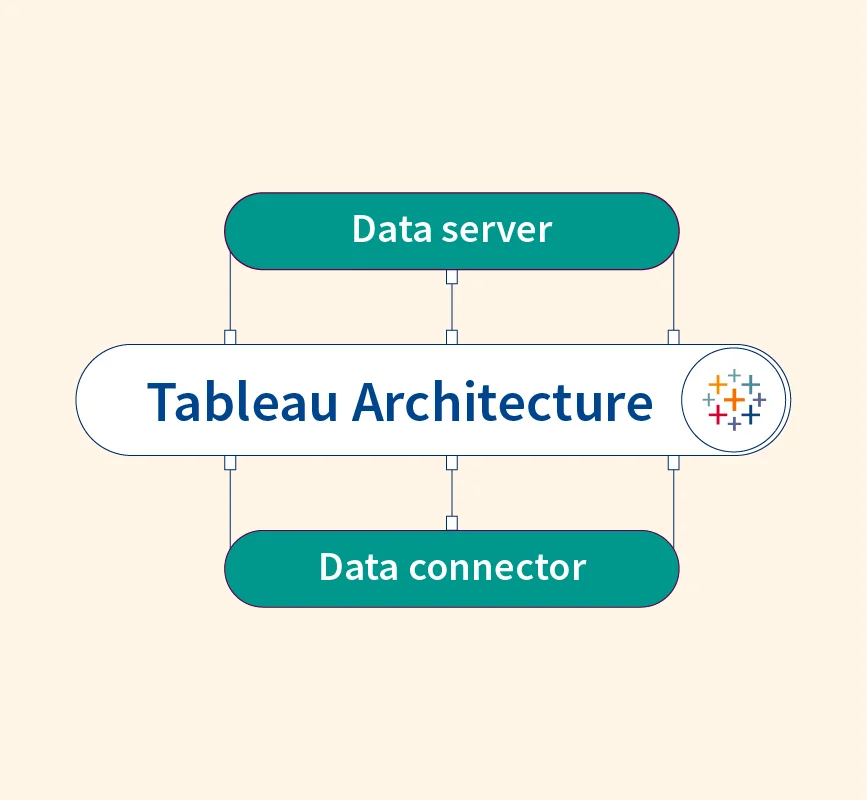Instance-based learning is a type of machine learning that focuses on storing the training data and comparing new instances to these stored examples to make predictions. Unlike other methods, it does not rely on creating an explicit model during training. Instead, decisions are made based on similarities between new and existing data points.
This approach is particularly significant in non-parametric methods, where no assumptions about the underlying data distribution are required. A popular example of instance-based learning is the K-Nearest Neighbors (KNN) algorithm, which classifies data points based on their proximity to stored examples in the feature space.
How Instance-based Learning Works?
Instance-based learning operates by directly comparing new data points to stored instances without constructing a general model during training. Instead, it retains the entire training dataset and evaluates each new instance against the stored data to predict outcomes.
Key characteristics of instance-based learning include:
- Lazy learning approach: Training involves minimal computation, as the algorithm defers processing until predictions are required.
- Distance-based comparisons: Metrics like Euclidean or Manhattan distance are commonly used to measure the similarity between data points.
For example, in a classification task, a new data point’s class label is determined by comparing its features to those of stored instances and identifying the most similar examples. This approach is computationally simple but highly dependent on the quality and structure of the dataset.
Advantages
- Simplicity: Instance-based learning is straightforward to implement and does not require complex mathematical modeling.
- Adaptability: It can quickly adapt to new data without retraining, making it ideal for dynamic datasets.
Use Cases
- Classification tasks: Algorithms like K-Nearest Neighbors (KNN) effectively classify data points based on similarity metrics.
- Regression tasks: Methods such as locally weighted regression use instance-based learning for making predictions in continuous spaces.
Instance-based learning’s versatility makes it suitable for a variety of machine learning tasks, especially where interpretability and adaptability are essential.
Challenges and Limitations
Despite its benefits, instance-based learning faces several challenges:
- High memory usage: Storing the entire dataset requires significant memory, particularly for large datasets.
- Computational expense: Predictions are slow for large datasets since comparisons must be made with all stored instances.
- Sensitivity to irrelevant or noisy features: These can distort similarity measurements, leading to reduced prediction accuracy.
Addressing these limitations often involves feature selection, dimensionality reduction, or hybrid approaches to balance accuracy and efficiency.
Conclusion
Instance-based learning is a powerful machine learning technique known for its simplicity, adaptability, and effectiveness in specific tasks. While it excels in interpretability and versatility, its limitations, such as high memory usage and sensitivity to noise, require careful consideration. Despite these challenges, instance-based learning remains a valuable approach for solving problems where non-parametric methods are preferred.
References:


